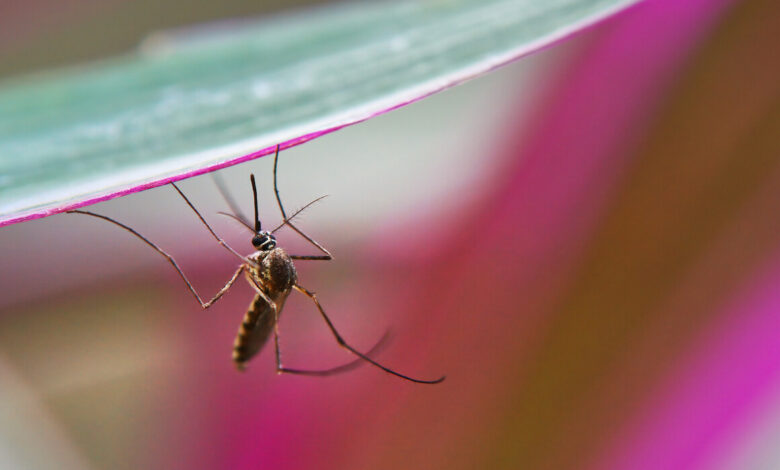Study Reveals Spread of Malaria-Carrying Mosquitoes in Yemen

Yemen Monitor/Newsroom
Malaria remains a significant global health problem, with the World Health Organization reporting approximately 249 million cases in 2022.
The malaria-carrying mosquito, Anopheles stephensi, which has been spreading in Africa, has now been detected in Yemen, according to new research from Baylor University.
Baylor University researcher Dr. Tamar Carter, assistant professor of biology and an expert in the biology of tropical diseases, and the Ministry of Health in Sana’a published a study in the journal Emerging Infectious Diseases, detailing the spread of the mosquito in Yemen and its connection to East Africa.
The research highlights the ongoing threat of malaria in areas previously unaffected by Anopheles stephensi.
Carter said, “There are growing concerns about the status and spread of Anopheles stephensi mosquitoes in the Mediterranean region. We are seeing increasing evidence of resistance of this mosquito to multiple classes of insecticides, its association with recent malaria outbreaks, and genomic evidence suggesting that outbreak sites may also be central locations for the dispersal of this mosquito to new areas.”
Carter, along with Dr. Mithaq al-Sada, the principal investigator and director of the National Malaria Control Program in Yemen, analyzed immature mosquitoes collected from two semi-urban sites in Yemen: in the Al-Dah’i area in December 2021 during surveillance of Aedes aegypti mosquitoes during a dengue outbreak, and in the Zabid area during one-month surveillance of Anopheles mosquitoes in March 2022.
The team saved the specimens identified morphologically (shape and structure of organisms) as Anopheles stephensi mosquitoes and sent them to Carter’s laboratory at Baylor University for molecular analysis.
Carter stated that the study provides critical insights into the genetic diversity of Anopheles stephensi mosquitoes in Yemen.
The main findings of the researchers include:
The first detection of Anopheles stephensi mosquitoes in Aden, Yemen, in 2021, confirmed through molecular analysis. Subsequent surveillance revealed its presence in Al-Dah’i and Zabid areas of Hodeidah.
Through DNA sequencing, two genetic patterns of the cytochrome c oxidase subunit I (COI) gene of the mosquito were identified. One genetic pattern matches those found in East Africa, while the other was newly discovered, providing critical insights into the genetic diversity and spread of this mosquito.
The results underscore the urgent need for continued vector surveillance and control measures to mitigate the spread of malaria in Yemen and possibly other parts of the Arabian Peninsula.
Carter had previously discovered critical insights into the spread of invasive Anopheles stephensi mosquitoes in the Horn of Africa, posing a significant public health threat to these new areas.
In her latest research revealing the presence of the mosquito in Yemen, Carter calls for extensive genomic analyses and increased surveillance efforts throughout Yemen and neighboring regions to better understand the spread and control of Anopheles stephensi mosquitoes. She said these steps are vital to address the public health impact of malaria, especially in areas where the disease is endemic.
Source: MedicalXpress




